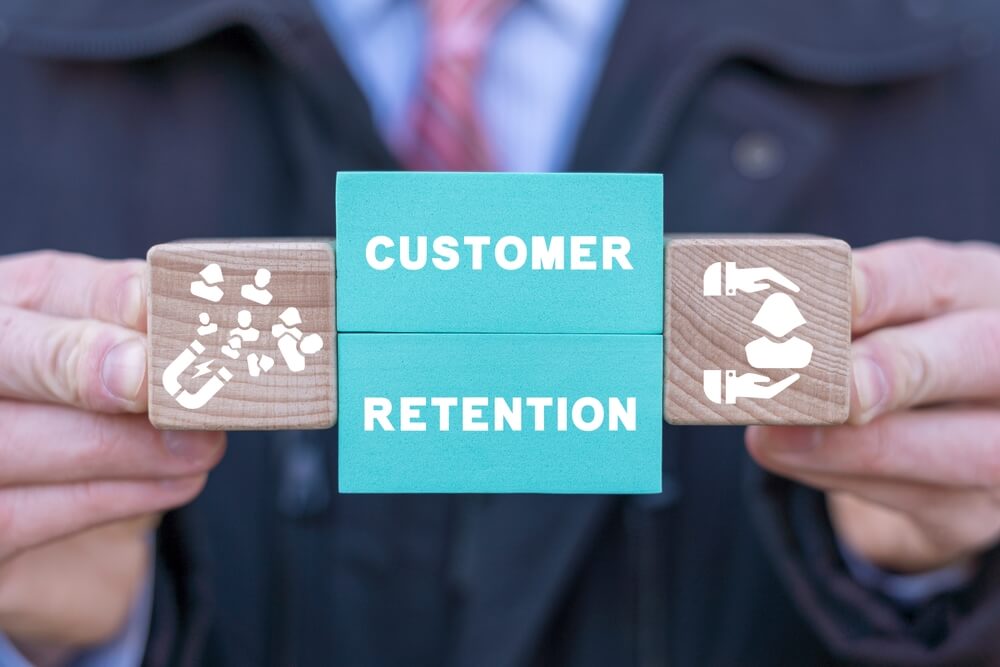
The Increasing Importance of Customer Success in Revenue Generation
Generating revenue is no longer a duty exclusive to sales and marketing departments. Today, fractional CROs and on-demand sales executives help companies elevate their approach to customer success, which boosts revenue. These part-time experts deliver a holistic approach, encompassing both customer acquisition and sustained customer engagement.
Fractional sales management helps you understand the potential of customer success to significantly increase returns. This guide goes into more detail by discussing the following points:
- The traditional sales funnel.
- Retention and upselling.
- Impact on overall revenue.
Are you ready to take notes? Let’s go!
1. The Traditional Sales Funnel

In years past, the primary objective for companies was to acquire new clients. Strategies such as promotional advertising and limited-time deals were commonly employed to ramp up lead generation.
The objective was straightforward: draw potential customers in, pique their interest, and convert them into paying clients. Businesses invested a significant number of resources and manpower in this approach.
However, the modern business landscape has significantly shifted. Securing a new customer in today's market can often be a costly endeavor. Some studies even show that retaining an existing customer can be up to seven times less expensive than acquiring a new one.
This shift in market dynamics has prompted businesses to reevaluate their strategies. While attracting new clients remains important, equal emphasis is now being placed on customer retention. The key insight is that a sole focus on new customer acquisition is no longer a sustainable business model.
Hence, in today's business environment, taking care of existing customers is equally important. This approach helps businesses grow in a more balanced way. That is where customer success becomes important. It is not just a nice extra service but is a key part of how companies make money.
2. Customer Success: The Heart of Retention and Upselling

What does customer satisfaction entail? It goes beyond delivering functioning products or services. The concept centers on ensuring that customers get the maximum benefit from their purchases.
Successful customers are satisfied. When they are satisfied, they are more likely to continue their business relationships, hence becoming loyal. When such loyalty is cultivated, clients become increasingly receptive to investing in supplementary offerings from the same business.
Roles of Customer Success Teams
Who is responsible for ensuring customer success? The answer is customer success teams. These specialized teams have various important roles such as:
- Onboarding. Helping new customers get started with the product or service. Proper onboarding can lead to quicker adoption and higher levels of customer satisfaction.
- Troubleshooting. Offering quick and efficient solutions to any problems, ensuring that the customer's experience remains smooth.
- Relationship Building. Keeping in touch with customers, understanding their needs, and making them feel valued. This often involves regular check-ins and feedback loops.
These teams use specific measurements to understand how well they are performing. Common metrics include net promoter score (NPS), which measures customer loyalty, and customer satisfaction score (CSAT), which gauges immediate customer sentiment after an interaction.
Economic Benefits of Customer Success
Let us look at the numbers. According to data from Gartner, existing customers can contribute up to 80% of a company’s future profits. This statistic alone is a compelling argument for why it is more profitable to focus on existing customers.
Furthermore, happy customers are more than just a source of ongoing revenue. They also become avenues for further financial opportunities such as:
- Contract Renewals. Satisfied customers are more likely to renew their contracts when the time comes. This provides a stable and predictable revenue stream.
- Upselling and Cross-Selling: Consumers who value a product are usually open to buying auxiliary offers from the same company. It is much easier to sell more to these existing customers, with a 60% to 70% success rate, than to a new one, where the chance is only 5% to 20%.
- Increased Product Adoption Rates. When customers use a product to its fullest extent, they are more likely to continue using it, increasing the long-term value of that customer to the company.
These factors contribute to calculating a customer's Lifetime Value (LTV). This key metric represents the total income a customer produces throughout their interaction with a business.
Adobe's Digital Index data revealed that recurring customers, representing 8% of all site visitors, contribute to almost 41% of overall online earnings. This emphasizes the significance of a robust customer success approach in maximizing the value extracted from each customer.
Navigating Market Challenges
Aside from numbers, customer success helps navigate real-world challenges. Consider the highly competitive nature of today's markets. Customer success acts as a differentiator, setting companies apart from their competitors.
In a time where similar products and services are widely available, the quality of customer engagement becomes a critical factor in retaining customers.
Businesses also face the challenge of continually evolving customer needs and preferences. A robust customer success strategy meets and anticipates these needs, adapting the product or service as needed. This proactive approach ensures that a business’s offerings remain relevant, thereby increasing the chances of retaining customers in the long run.
3. The Ripple Effects on Overall Revenue

It is critical to recognize how the benefits of customer success keep your current clients happy. However, long-lasting positive effects on revenue emphasize why customer success is so valuable.
Predictable and Stable Revenue
Satisfied customers tend to keep renewing contracts. When this happens, businesses secure a more predictable stream of income. They no longer have to struggle to generate new leads as they once did, creating a roller-coaster of ups and downs in their revenue. Instead, a business can rely on a stable inflow of revenue, making planning for growth and investment easier.
Reduced Volatility
Customer success also reduces the risk of losing revenue. High customer retention rates equate to less volatility, making your business more resilient against market changes.
For instance, during economic downturns, companies with strong customer success programs tend to retain a more stable customer base, thus minimizing revenue losses. This kind of stability is vital for long-term survival.
Customer Advocacy: The Hidden Bonus
Happy customers often become advocates for your brand. They talk to their friends, write positive reviews, and may even refer new clients to your business. This form of organic marketing has two significant advantages: it is entirely free and comes from a trusted source. This boosts your company’s reputation and helps reduce customer acquisition costs.
Summing Up
Implementing a robust customer success strategy is an auxiliary activity. It is necessary for any business looking to optimize revenue generation. Partnering with experts is crucial to successfully navigating this essential aspect of modern business. Contact Digital Authority Partners (DAP) today to elevate your customer success strategy and unlock new revenue opportunities.
Want To Meet Our Expert Team?
Book a meeting directly here




